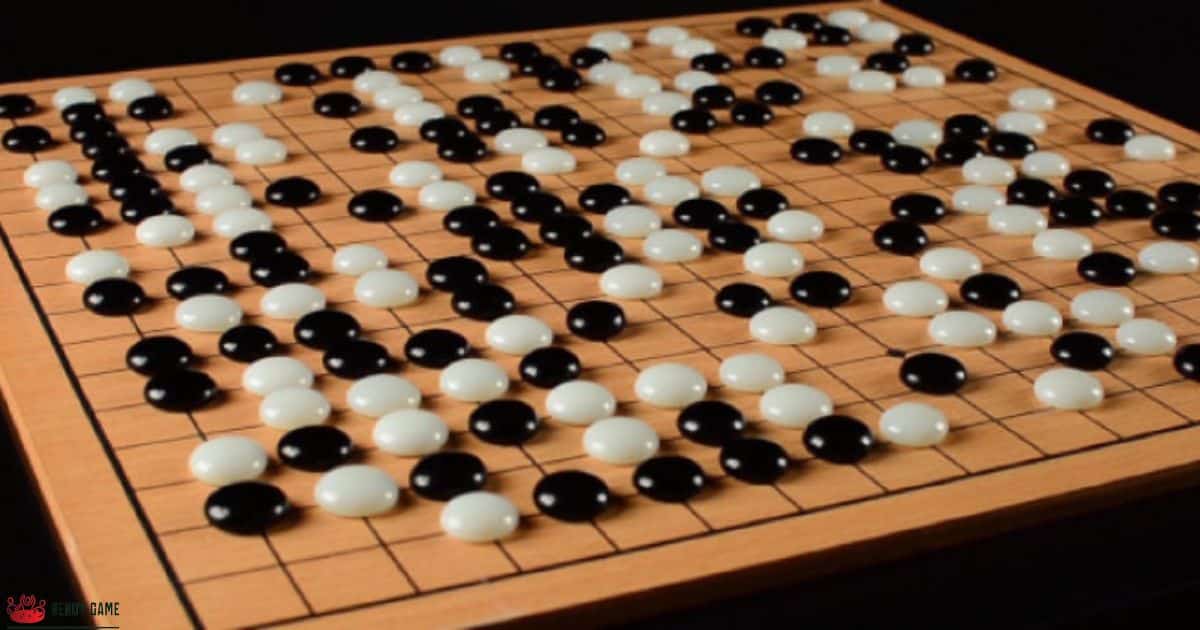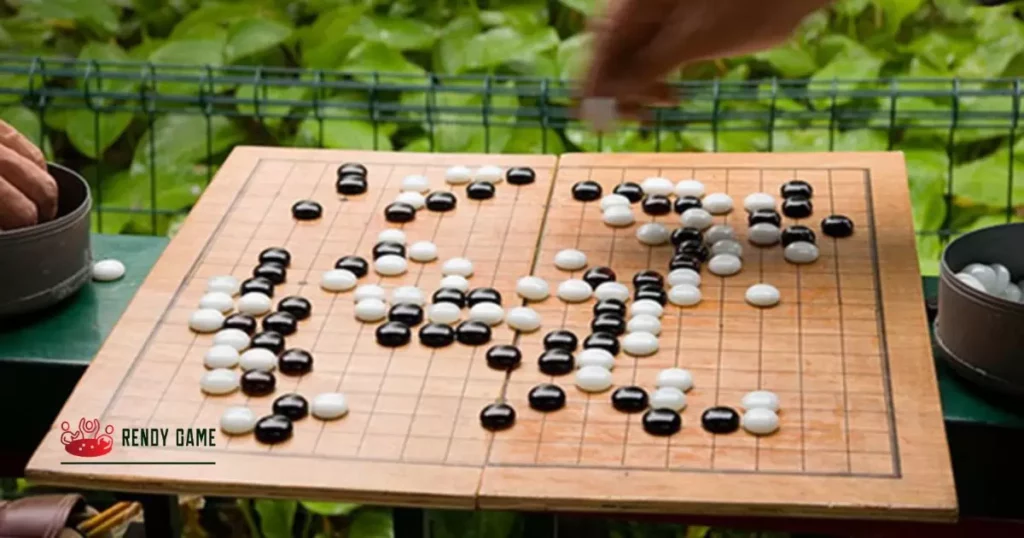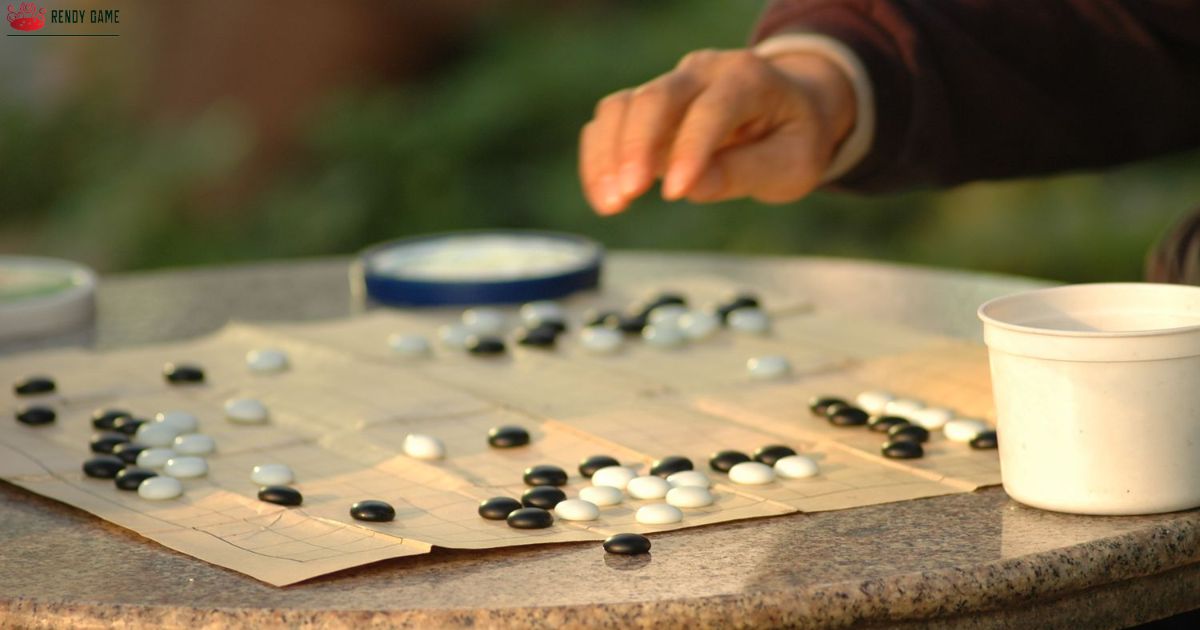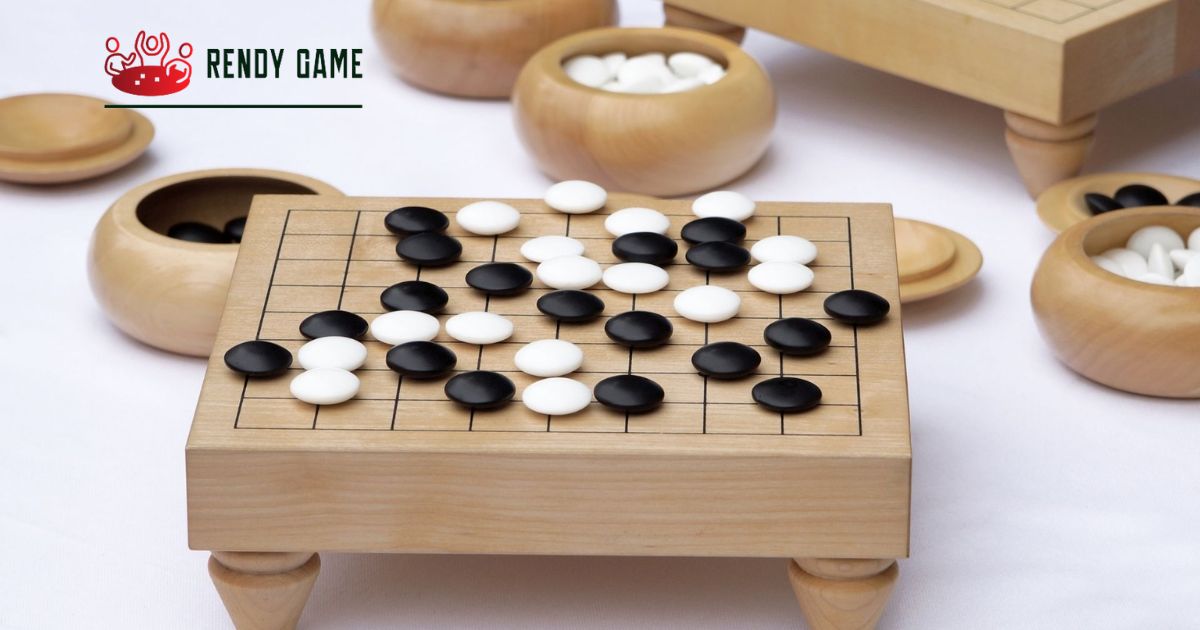A board game with black and white stones is a strategic tabletop game that involves placing black and white stones on a gridded board. Players take turns to position their stones with the objective of capturing territory and controlling key points. This ancient game has a rich history and continues to be enjoyed by people of all ages worldwide.
Have you ever wondered about the enigmatic board game that uses black and white stones? It’s more than just a game; it’s a captivating journey through history and strategy. Known as Go in Japan, Baduk in Korea, and Weiqi in China, this ancient contest blends skill, tactics, and calculation, offering an exquisite visual contrast and an ocean of strategic depth.
In the game of Go, players aim to surround and capture their opponent’s stones while simultaneously protecting their own. The strategic possibilities are vast, leading to complex and often suspenseful gameplay. Go is celebrated for its emphasis on creativity, intuition, and strategic thinking, and it remains a beloved and revered game in many cultures, from Asia to the rest of the world.
The Origins of the Board Game with Black and White Stones

The origins of the board game with black and white stones can be traced back to ancient China, where it was known as Weiqi. It was originally created as a teaching tool to impart military strategy to students. The game was an abstraction of battlefield tactics, with the black and white stones representing opposing forces.
Over time, it evolved into a recreational pastime and gained immense popularity among the Chinese elite. Its appeal spread to Korea and Japan, where it became known as Baduk and Go, respectively. The game transcended its military origins and became a cultural treasure, symbolizing intellectual prowess and strategic acumen.
How to Play the Board Game with Black and White Stones
Playing the board game with black and white stones is an exercise in both simplicity and complexity. The game is typically played on a gridded board, with players taking turns to place their black or white stones on the intersections of the lines.
The objective is to capture territory by surrounding empty spaces and capturing the opponent’s stones. The rules are straightforward, but the strategies and tactics are remarkably intricate. Players must consider concepts like influence, connections, and life and death of stone groups.
Go, Baduk, and Weiqi The Variations of the Game

While the basic rules of the game remain consistent across Japan (Go), Korea (Baduk), and China (Weiqi), there are regional variations that reflect the unique cultural nuances of each country. For instance, in Japan, the ruleset emphasizes ko (a rule that prevents an infinite cycle) and introduces the concept of komi (compensation points for the player using white stones).
In Korea, there is an emphasis on fighting and territory control, leading to a more aggressive style of play. In contrast, China has historically favored a more balanced and harmonious approach to the game. These variations add depth and diversity to the global world of black and white stones.
Notable Players and Tournaments
The board game with black and white stones has produced legendary players throughout its history. Honinbo Dosaku, a prominent figure in Japan, made significant contributions to the game’s development during the Edo period.
Go Seigen, often referred to as the invincible player, achieved remarkable success in the 20th century, especially in China. More recently, the rivalry between Lee Sedol and AlphaGo captivated the world and showcased the enduring appeal of the game.
There are prestigious international tournaments such as the Fujitsu Cup, Nongshim Cup, and the international World Amateur Go Championship. These events feature the world’s best players and foster a sense of camaraderie and competition among enthusiasts worldwide.
| Notable Players | Notable Tournaments |
| Honinbo Dosaku | Fujitsu Cup |
| Go Seigen | Nongshim Cup |
| Lee Sedol | World Amateur Go Championship |
| AlphaGo (AI) | Ing Cup |
| Cho Chikun | Kisei (Japan) |
| Lee Changho | Chunlan Cup |
| Cho Hunhyun | Samsung Cup |
| Takemiya Masaki | Toyota & Denso Cup |
| Ke Jie | Ing Cup |
| Gu Li | Ing Cup |
The Strategic Depth of the Board Game with Black and White Stones
The strategic depth of the board game with black and white stones is a testament to its enduring appeal. At first glance, it may seem like a simple game of placing stones on a grid, but it conceals a vast complexity. Successful players must anticipate their opponent’s moves, create solid territory, and engage in battles for control.
The game is renowned for its ability to foster skills such as critical thinking, pattern recognition, and long term planning. It requires players to think many moves ahead and adapt to everchanging board positions, making it a never ending source of intellectual challenge.
The Game’s Role in History and Society
Throughout history, the board game with black and white stones has played pivotal roles in the societies where it has thrived. In China, it was used as a teaching tool for scholars and military strategists. During Japan’s Edo period, it became a symbol of samurai culture and intellectual refinement.
In modern times, it has served as a platform for diplomacy and cultural exchange between nations. Its influence extends to literature, art, and philosophy, with famous figures like Honinbo Shusaku becoming cultural icons. The game’s profound impact on Asian culture is a testament to its enduring importance.
The Ongoing Popularity of the Ancient Board Game

Despite being over two millennia old, the board game with black and white stones remains immensely popular. Its timeless elegance and intellectual appeal continue to draw new generations of players. In recent years, its appeal has transcended its Asian origins and attracted enthusiasts from all over the world.
With the advent of online platforms and teaching tools, the game’s reach has expanded, fostering vibrant global communities of players. This enduring popularity is a testament to the game’s unique charm and enduring legacy.
Black and White Stones in the Digital Age
The digital age has ushered in a new era for the board game instead of euro board game with black and white stones. Online platforms and computer programs have made it accessible to a global audience. Furthermore, artificial intelligence, particularly AlphaGo, has demonstrated the immense potential of machine learning in mastering the game.
This intersection of technology and tradition has sparked debates about the role of artificial intelligence in the world of black and white stones. It has raised questions about the balance between human expertise and computer algorithms and how this evolution will shape the future of the game.
FAQs
What are the variations of this game in different countries?
The game is known as Go in Japan, Baduk in Korea, and Weiqi in China, with subtle regional rule differences.
Why is this game considered strategically deep?
It offers a staggering number of possible board positions and requires deep thinking, pattern recognition, and multimove planning.
What is the historical significance of the board game with black and white stones?
It has been used in education, diplomacy, and as a symbol of intellectual prowess in Asian cultures for centuries.
Is the game still popular in the modern digital age?
Yes, it remains popular and has gained global attention through online platforms, AI advancements, and international tournaments.
Conclusion
In the world of the board game with black and white stones, there’s a profound legacy that spans centuries and continents. This ancient game, known as Go, Baduk, or Weiqi, is more than just a pastime, it’s a testament to human intellect and strategy.
With a rich history, deep cultural significance, and a timeless appeal, it continues to captivate players around the globe. The enduring fascination with this abstract contest of black and white stones is a testament to the game’s enduring charm.

